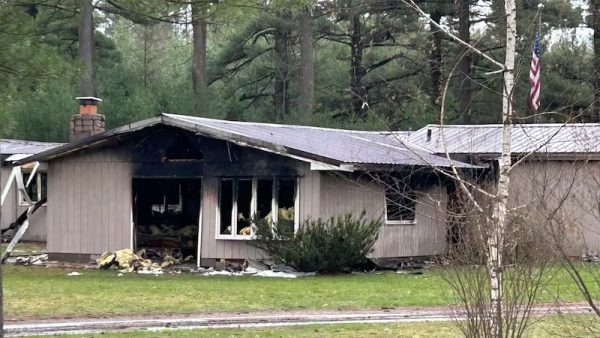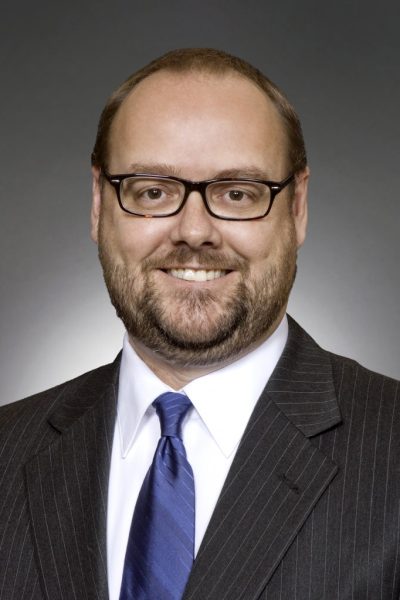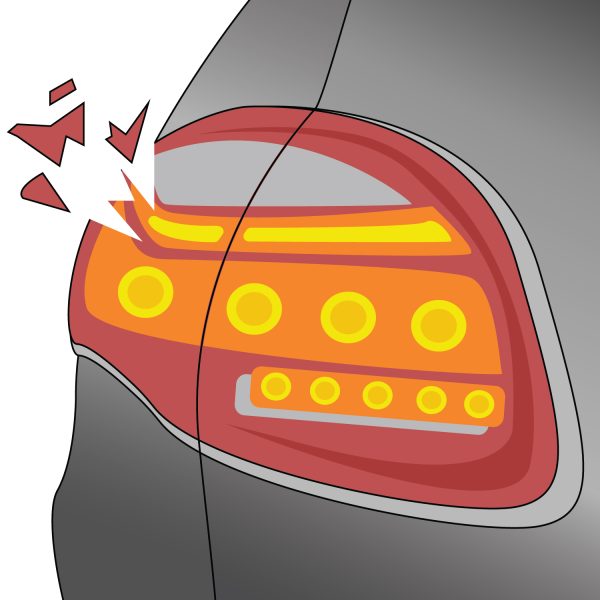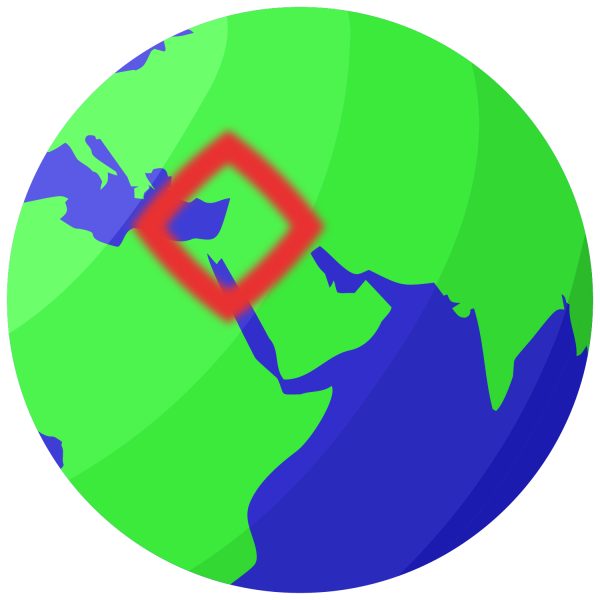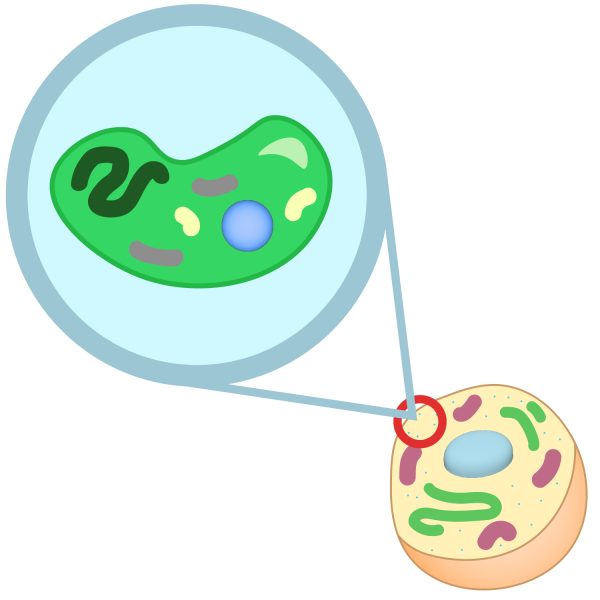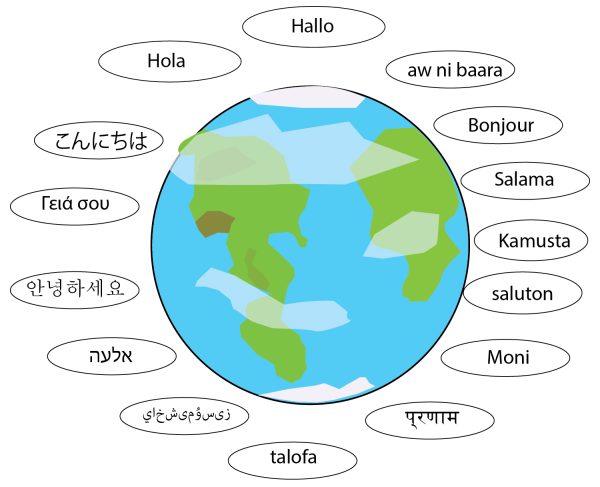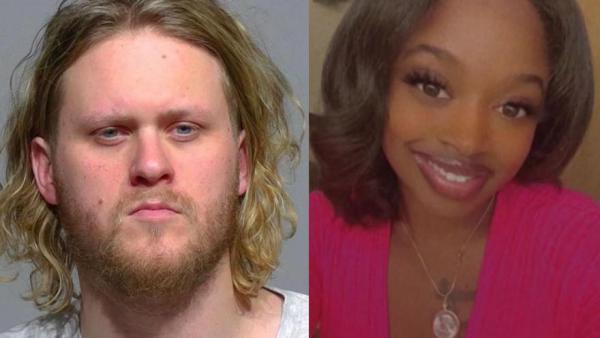Crime laws defined in Stop the Hate presentation
In order for an act of hate to be considered a hate crime, a criminal violation fueled by predjudice must occur, such as a crime against property or bodily harm.
The University of Wisconsin-Platteville’s program, Stop the Hate, held an informative session about hate crime laws on March 3. The session covered not only information about hate crime laws, but the difference between a hate crime and a bias incident.
“[A hate crime is defined] as a crime that has been motivated by hatred towards a targeted population,” Valerie Wetzel, assistant director for the Markee Pioneer Student Center said.
A bias incident on the other hand does not involve a crime and thus cannot be classified as a hate crime even though it can be seen as offensive.
During the session, the different classes of felonies and misdemeanors were discussed along with the maximum fines and terms of imprisonment that one may be subject to when charged with a hate crime. In addition, the sentence may be enhanced or increased from its normal amount based on the severity, location the crime took place, the weapon used, if the individual is a habitual offender or even if the individual has prior convictions.
“With different crimes, it would be specifically aiming to hurt someone in particular because of race or sexuality, basically something you don’t like about them,” Paige Slater, undeclared freshman said.
Wetzel said during the presentation that the Matthew Shepard and James Byrd Jr. Hate Crimes Prevention Act expanded a 1969 United States federal hate crime law to include any crimes that were done based on one’s sexuality, gender identity or disability. It also grants the ability for federal authorities to investigate hate crimes if local authorities decide not to pursue them.
“There should be more awareness of hate crimes because the more public awareness the more public support will be and criminals will be less successful at getting away with crimes,” Jessica Wagner, sophomore music major said.
Near the end of the informational session, various cases were presented for people in attendance to evaluate and classify if the example would be considered a hate crime or a bias incident. Additionally, the audience had to determine if the case presented was a hate crime, what type of hate crime it was, such as damage to property or crime against children.
“I don’t think people realize how bad it actually is, because it hasn’t happened to them. I think they should attend meetings like this one to open their eyes to what really is going on,” Slater said. “This is the first [discussion] I’ve gone to and it was pretty good, informing and detailed.”
The session ended after the group went on the Southern Poverty Law Center website, splcenter.org, and took a look at the hate group map. The map showed the locations of known hate groups throughout the U.S. Together the group analyzed the various types of hate groups in Wisconsin and Illinois, along with their location.
UW-Platteville students, faculty and staff looking to report a bias incident they witness on campus can do so confidentially at uwplatt.edu/diversity/bias-incident-reporting.




